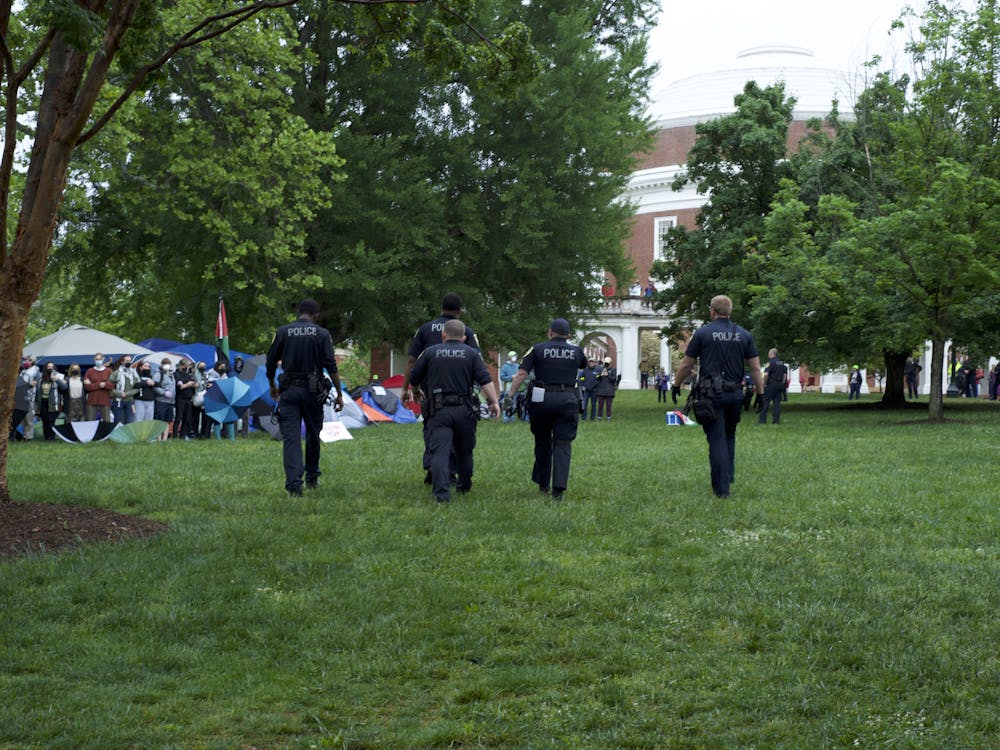On Sept. 21, Batten Prof. Edgar Olsen delivered his views on the current low-income housing assistance programs and possible remedies to curtail impoverishment. Olsen has participated in housing policy analysis since the 1960s, offering nothing short of a wellspring of knowledge and expertise on the matter. After serving as an analyst during the Nixon administration, Olsen more recently wrote a survey outlining the effects of the United States’ federal low-income housing programs. At the U.S. Senate Appropriations Committee hearing, Olsen laid out a proposal for reducing poverty with the reformation of this country’s current housing policy. “Low-income housing programs do not offer assistance to many of the poorest families that are eligible for them,” Olsen contends. In order for Americans to take poverty seriously, we need to revamp our current system of providing housing with reform and a conscious effort to acknowledge other agents of poverty.
Indeed, the current system in place seems to work for well-off citizens at the expense of the destitute. The performance of low-income housing assistance programs in the United States constitutes a cost of over $50 billion per year. We should not cut back spending on programs that are clearly necessary to the survival of the less fortunate, but we are not currently operating on a cost-efficient agenda. We have two federal systems that tackle the issue of housing assistance: project-based assistance and housing vouchers. The project-based systems currently make up 68 percent of the assistance programs, yet they prove to be much more costly than the voucher based housing options. Democratic presidential nominee Hillary Clinton vows to take this matter very seriously with a plan to “ensure that our investments are reaching the communities suffering the most from decades of neglect.” She would expand low-income housing tax credits “in high-cost areas to increase our affordable housing supply, and fuel broader community development.” Although poverty in general has fallen in the United States, “extreme poverty has increased.”
There is a manifest vacuum of proper coverage, especially in light of the upcoming election, about low-income housing in America. Why are we ignoring the housing and economic crisis in our nation’s cities? Randy Shaw, executive director at the Tenderloin Housing Clinic in San Francisco, speaks to the tendency for media and politicians to focus on the issue of gentrification more so than the possible remedies in the face of low-income housing and poverty. He explains how the media “are more likely to cover low-income neighborhoods through the frame of gentrification rather than the more common urban poverty.” We have such a hard time digging a little deeper to uncover the uncomfortable truth behind this issue of poverty. Yes, gentrification is a problem, but “when the media disproportionately focuses on displacement-causing investment…demands for action on the larger dimensions of the urban crisis get lost.”
Olsen proposes that we steer towards the voucher-based program, as it is more cost effective and “would free up resources to provide housing for the millions on waiting lists.” In his studies on the benefits of such a switch, Olsen found “1.8 million households could be served for the same amount of money.” Not only is the current public housing system way too expensive for the majority of those in need — it is largely ignored. We should appreciate Olsen’s efforts to call for a reform of the current system; there is, in fact, a better way.
Lucy Siegel is an Opinion columnist for The Cavalier Daily. She can be reached at l.siegel@cavalierdaily.com.




